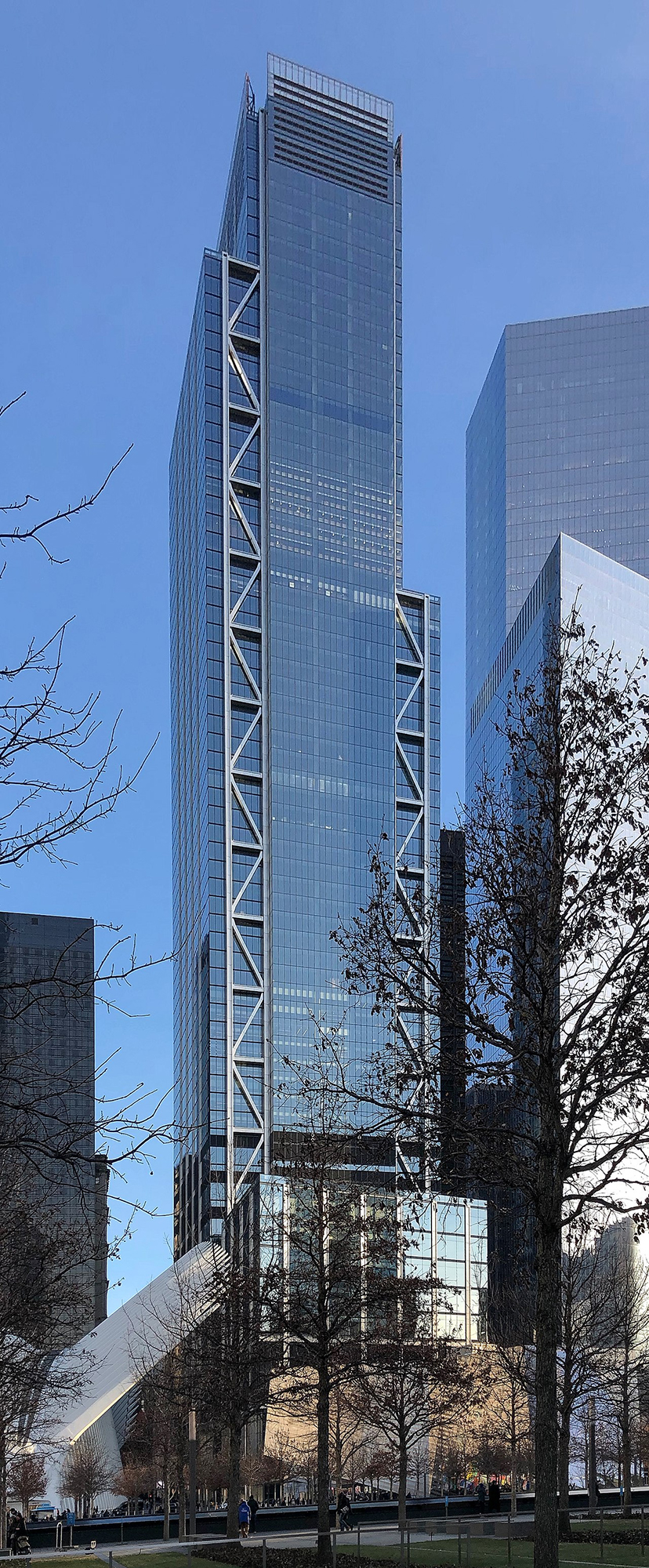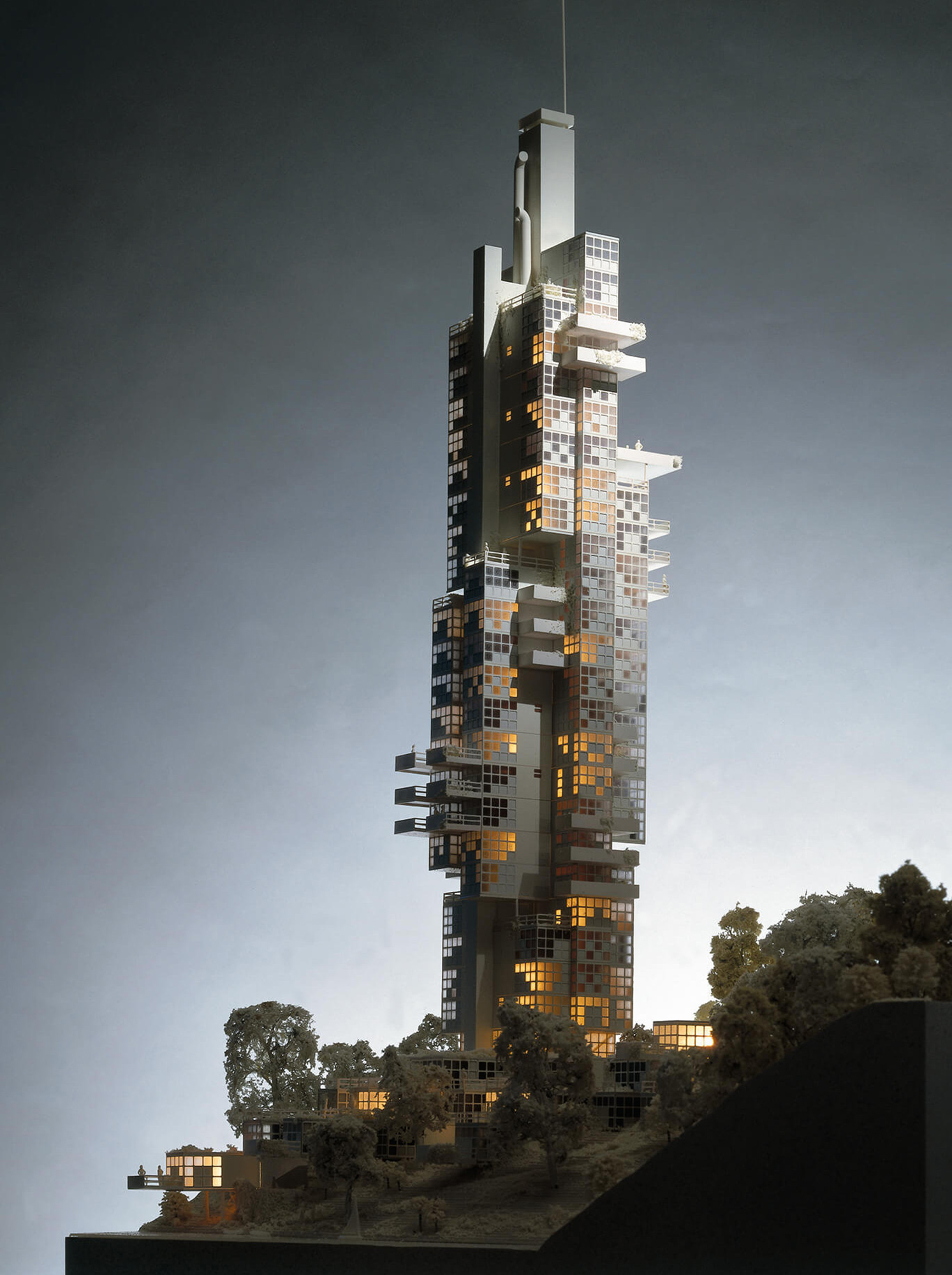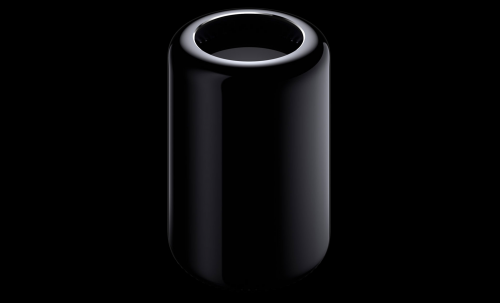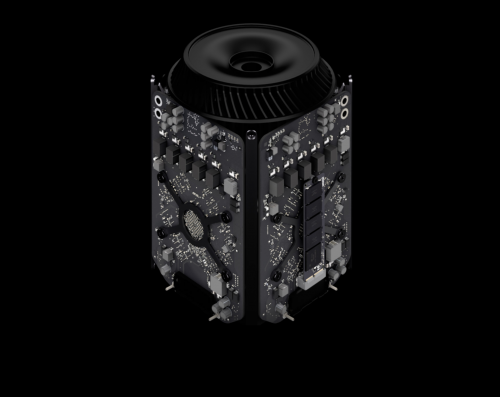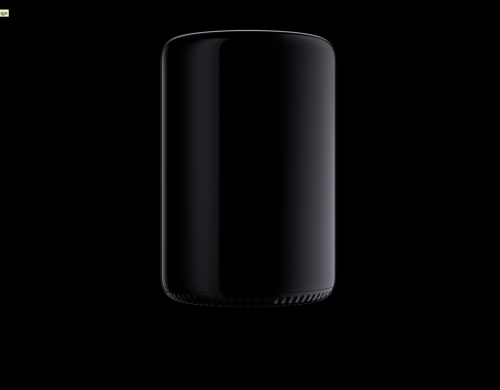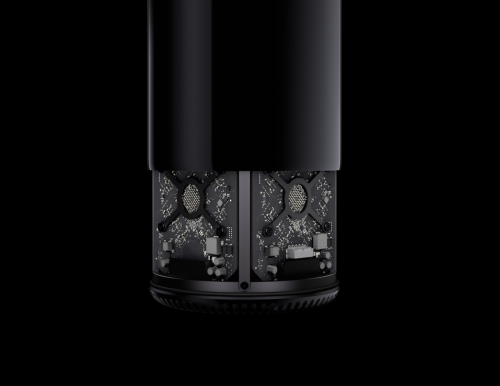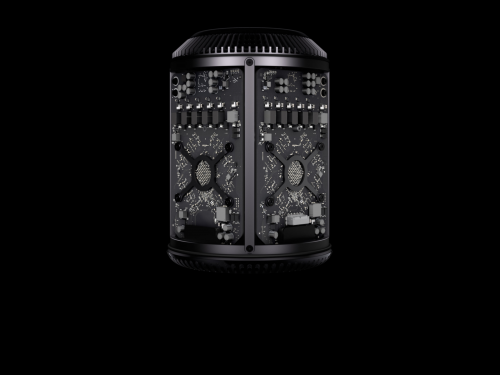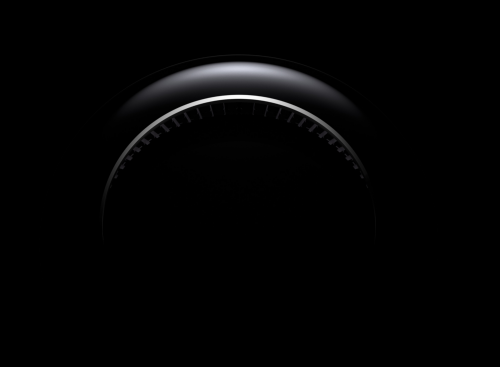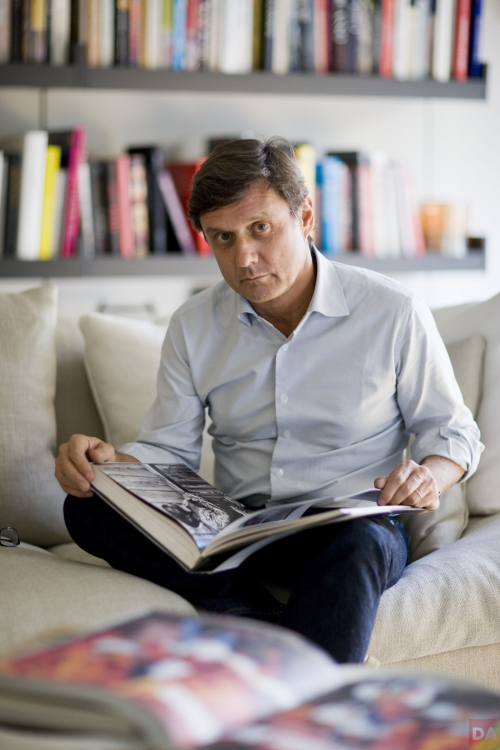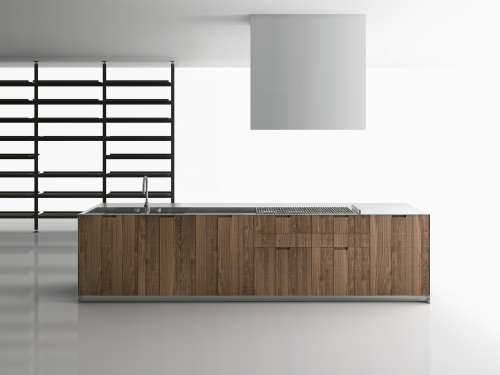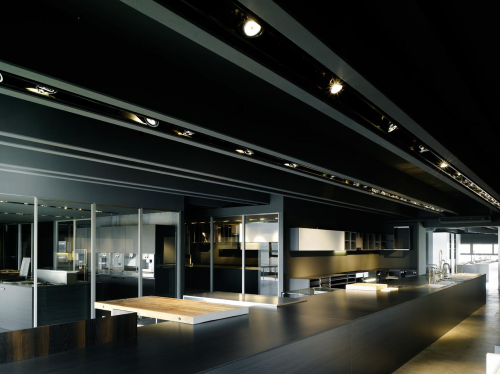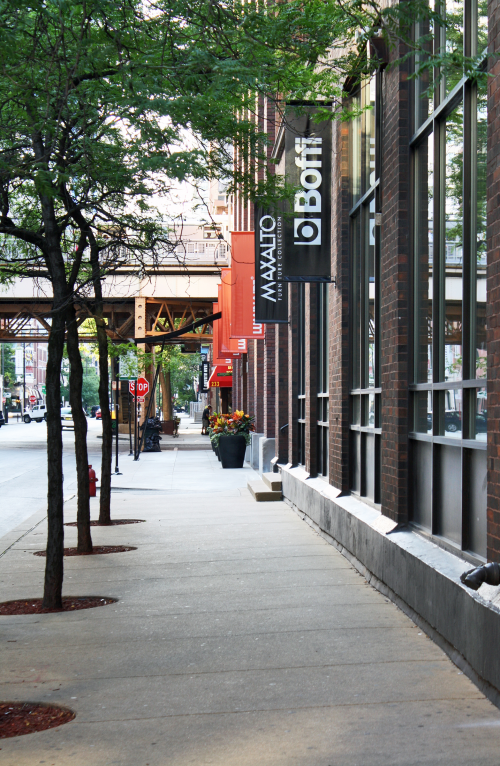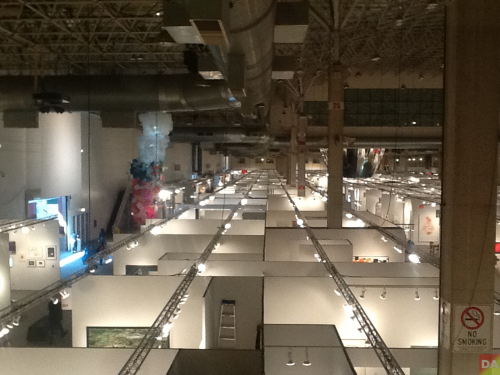 expo chicago 2014 | click images> enlarge
expo chicago 2014 | click images> enlarge
This is Expo Chicago’s third year. Despite two (a minority) DA confidants saying they thought show was unimpressive, I thought it was a refined, albeit, mindful presentation. The presence of George Lucas and ‘curator’ Shaquille O’Neal added dash. Fredric Snitzer added game and we applaud more of it. fyi – jon pylypchuk unsuccessfully attempted to quit smoking.
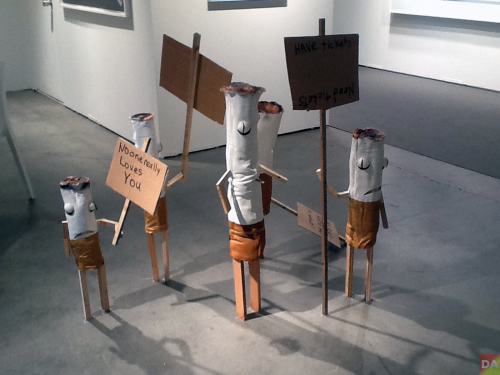 various titles | jon pylypchuk | fredric snitzer gallery – miami | 2012
various titles | jon pylypchuk | fredric snitzer gallery – miami | 2012
It’s no secret, this is a tough show to get vetted into. The 2014 official release says 140, including special exhibits/projects and Exposure an initiative introducing galleries who are less than seven years old. There are 25 Exposure galleries in 2014. There are 17 countries, 43 cities. In a 2013 interview with president and director Tony Karman, he wants quality over quantity, meaning a smaller show, about 100 exhibitors. ‘When the marketplace can sustain it and quality of dealers are beating down the door, we’ll consider it. But only if the exhibitors want it, not me. It’s their space.’
What does DesignApplause look for? You have to consider our introduction to the co-existence of fine art and design. We have followed Art Basel and DesignMiami for the past six years. We first became very familiar with the design galleries at DesignMiami and then ventured to Art Basel to search for those artworks and artists who do or could also reside in a design gallery.
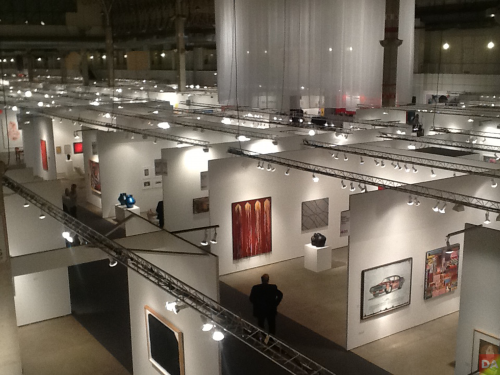 expo chicago 2014
expo chicago 2014
DesignMiami took advantage of the drawing power of fine art over 11 years ago and has become closely entwined with Art Basel. So much so, that in the beginning DesignMiami’s venue was across the bay in the then barren, Miami Design District. For the past three years DesignMiami now resides across the street from Art Basel Miami and the crossover has been seamless.
The Design District has since attracted the best of design-centric brands and there are more and more art and design happenings when both shows are running. You find yourself walking across the street and then going west of the bay. And though ‘Design Weeks” are now too many to count and attend, Basel and Miami are both major worldwide events and unique with its offerings of fine art and design.
The original Expo Chicago concept was for an ‘Art and Design Exposition’ and Karman correctly turned the focus towards fine art and scrapped ‘design’ from the tagline in order to get the new exposition firmly up and running. In 2014, there are special exhibitions and installations at Expo that continue to feature design.
We adapted to Expo’s format by looking for artists with architecture or design backgrounds at the show. It’s impossible to look at a gallery’s offerings and predict the backgrounds of the artists. Each gallery builds their collection differently. From ‘We only focus on fine art’ through ‘No, we’re not showing anyone today with that background. Wait! This artist studied architect and this one studied design. To, ‘We didn’t bring anything to Chicago but we have two artists designing furniture and show it in our gallery in New York.’
 > untitled mix-media video | daniel buren | galeria milario galguera – mexico city/berlin
> untitled mix-media video | daniel buren | galeria milario galguera – mexico city/berlin
above> a screenshot of two images in a mixed media slide show of artist daniel buren. Buren is a French conceptual artist who’s work since the 1990s has become more architectural. This is a humorous presentation depicting online crowd sourcing, voting to blow up ugly buildings.
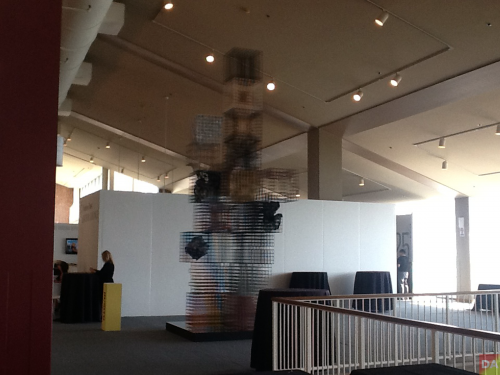 grid structure #1 | alois kron – schlaeger | cristin tierney – new york | 2014
grid structure #1 | alois kron – schlaeger | cristin tierney – new york | 2014
above> Grid Structure #1 uses 22 cubes from the installation at the Bruce Museum in Greenwich, CT. Kronschlaeger says light is always of utmost importance to his site-specific pieces and in this case, the vast space provided at Navy Pier, felt his work taking on a new look, a new personality of sorts. The gallery told us Kronschlaeger is an artist wanting to be an architect.
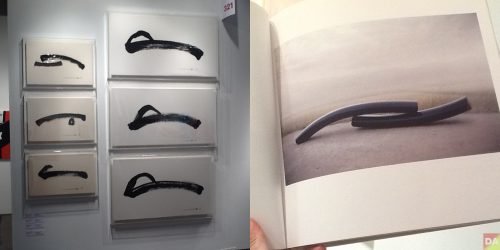 > concept drawings | byung hoon choi | gallery friedman benda – new york
> concept drawings | byung hoon choi | gallery friedman benda – new york
above>> we see a series of ‘one stroke’ concept drawings by artist Byung Hoon Choi of outdoor benches made of basalt. The fine artist teaches furniture design.
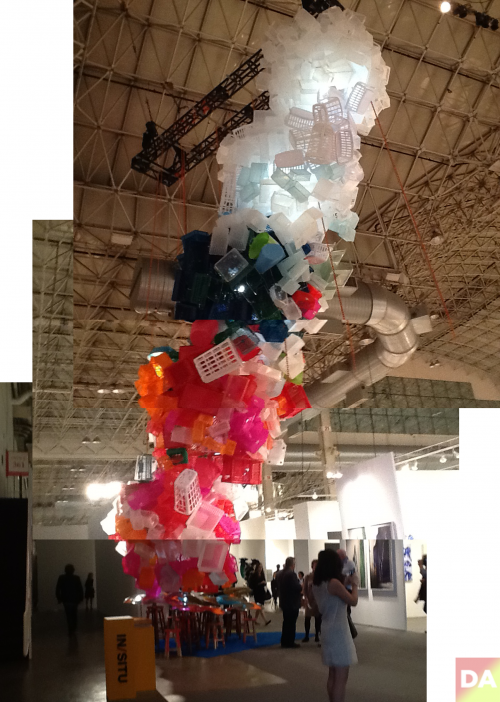 once upon a time | jessica stock – holder | kavi gupta chicago – berlin | 2014
once upon a time | jessica stock – holder | kavi gupta chicago – berlin | 2014
above> ‘Once Upon a Time stretches vertically 50 ft. high in response to the specific architecture of the fair. Spectators are invited to climb the work to take a fractured view through the artwork over the exhibited works and gallery booths. This transformed view takes place once, exemplifying Stockholder’s title, upon a specific place at a particular time.’ The installation is part of IN/SITU, a ‘special program’ situated throughout the exposition floor. IN/SITU provides a dynamic opportunity for exhibiting galleries to showcase large-scale installations, site-specific and performative works. DesignApplause includes Stockholder as a counterpoint to our architecture and design theme. She is trained in neither disciplines, but the artist has been celebrated for site-specific sculptures and installations that challenge boundaries, ‘blurring the distinction among painting, sculpture and environment, and even breaching gallery walls by extending beyond windows and doors.’
 martino gamper | salon 94 | at frieze london 2008
martino gamper | salon 94 | at frieze london 2008
Salon 94 in New York said they weren’t showing any architects or designers but had several back in their showroom.
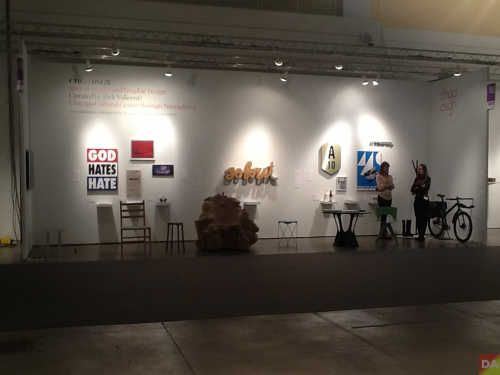 volunteers jennifer mahanay and anna mort assist at chgodsgn
volunteers jennifer mahanay and anna mort assist at chgodsgn
above> One of several ‘special exhibitions’ CHGO DSGN is a major exhibition of Recent Object and Graphic Design by more than 100 of the city’s leading designers. Curated by Rick Valicenti, 2011 recipient of the Smithsonian Cooper-Hewitt National Design Award, 25 designers from CHGO DSGN present their work. The Chicago Cultural Center’s exhibition programs are generously supported by the City of Chicago and the Chicago Department of Cultural Affairs and Special Events (DCASE). DesignApplause is honored to be in this CCC exhibit. [ details ]
[ At Expo Chicago 2014 ]
1> spin-the-spin | alice aycock | galerie thomas schulte | 2014 (aycock is a sculpture who were closely with architects and landscape designers)
2> kultur = kapital | alfredo jaar | galerie thomas schulte – berlin | 2012 (jaar is an architect)
3> relics | mark fox | robert miller gallery – new york | 2014 (fox designs wallpaper)
4> transference | yamini nayar | gallery wendy norris – san francisco | 2014 (nayor is influenced by design while at rhode island school of design studying photography)
5> les naturalistes | ysabel lemay | catherine edelman gallery – chicago | 2012 (lemay was a graphic designer for 15 years)
6> nardos de angustia | mark di suvero | john berggruen gallery – san francisco | 2010 (di suvero’s close friends include architects renzo piano and norman foster)
7> exploded pyramid for a wall situated alto relieve | daniel buren | galeria milario galguera – mexico city/berlin | 2010 (since the 1990s, buren’s work has become more architectural)
8> from the series entitled “sum over histories study for a timescape III | alice aycock | fredrick snitzer gallery – miami | 2012 (aycock is a sculpture who were closely with architects and landscape designers)
9> untitled | tsuyoshi maekawa | whitestone gallery – tokyo | 2014 (maekawa practiced as a graphic designer and printmaker)
10> b&w | david levin | marianne boesky gallery – new york | 2014 (levin studied architecture at pratt)
11> maskelyne (moon crater near equator) | john little | john mccormick gallery – chicago | 1984 (little designs textiles)
12> a-city: ac-2, sector 1576n, a-city | lebbeus woods | gallery unknown | 1986 (woods is a conceptual architect)
13> ‘shop columbia’ | student and alumni art boutique from columbia college chicago
14> ‘saic | school of the art institute of chicago art and design exhibit
15> ligne roset | expo chicago sponsor
Chosen by the 2014 selection committee comprised of Isabella Bortolozzi, Isabella Bortolozzi Galerie | Berlin; Chris D’Amelio, David Zwirner | London, New York; Rhona Hoffman, Rhona Hoffman Gallery | Chicago; Anthony Meier, Anthony Meier Fine Arts | San Francisco; David Nolan, David Nolan Gallery | New York; and Marc Selwyn, Marc Selwyn Fine Art | Beverly Hills; in addition to Candice Madey, On Stellar Rays | New York and Jessica Silverman, Jessica Silverman Gallery | San Francisco, who make up the EXPOSURE selection committee, these galleries present the best in contemporary and modern art.
[ 2014 exhibiting galleries include ]
Galería Álvaro Alcázar Madrid
Ameringer | McEnery | Yohe New York
BASE GALLERY Tokyo
Galerie de Bellefeuille Montreal
John Berggruen Gallery San Francisco
Blain|Southern London | Berlin
Marianne Boesky Gallery New York
Jonathan Boos, LLC New York
Bortolami New York
Galerie Isabella Bortolozzi Berlin | London
BORZO modern and contemporary art Amsterdam
Russell Bowman Art Advisory Chicago
Rena Bransten Projects San Francisco
CABINET London
Valerie Carberry Gallery Chicago
David Castillo Gallery Miami
Cernuda Arte Coral Gables
Chambers Fine Art New York | Beijing
James Cohan Gallery New York | Shanghai
Corbett vs. Dempsey Chicago
CRG Gallery New York
Cristin Tierney Gallery New York
Stephen Daiter Gallery Chicago
Maxwell Davidson Gallery New York
Douglas Dawson Chicago
DC Moore Gallery New York
MASSIMO DE CARLO Milan | London
Elizabeth Dee New York
Catherine Edelman Gallery Chicago
Debra Force Fine Art, Inc. New York
Galerie Forsblom Helsinki
Forum Gallery New York
Marc Foxx Los Angeles
Honor Fraser Los Angeles
Fredericks + Freiser New York
Friedman Benda New York
Galeria Hilario Galguera Mexico City | Berlin
James Goodman Gallery New York
Goya Contemporary Baltimore
Richard Gray Gallery Chicago | New York
Garth Greenan Gallery New York
Galerie Karsten Greve Paris | St. Moritz | Cologne
Kavi Gupta CHICAGO | BERLIN Chicago | Berlin
Hackett | Mill San Francisco
Haines Gallery San Francisco
Hales Gallery London
Carl Hammer Gallery Chicago
Richard Heller Gallery Santa Monica
Galerie Ernst Hilger/Hilger NEXT Vienna
Hill Gallery Birmingham | Detroit
Nancy Hoffman Gallery New York
Rhona Hoffman Gallery Chicago
Vivian Horan Fine Art New York
Edwynn Houk Gallery New York | Zurich
Susan Inglett Gallery New York
Galerie Michael Janssen Berlin | Singapore
Jenkins Johnson Gallery San Francisco
Robert Koch Gallery San Francisco
Alan Koppel Gallery Chicago
Lisson Gallery London | Milan | New York
Diana Lowenstein Gallery Miami
Lawrence Markey San Antonio
Matthew Marks Gallery New York | Los Angeles
Marlborough Gallery New York | London | Madrid | Monaco | Barcelona
Barbara Mathes Gallery New York
The Mayor Gallery London
McCormick Gallery Chicago
Meessen De Clercq Brussels
Anthony Meier Fine Arts San Francisco
Jerald Melberg Gallery Charlotte
moniquemeloche Chicago
Nicholas Metivier Gallery Toronto
Laurence Miller Gallery New York
Robert Miller Gallery New York
THE MISSION Chicago | Houston
Anne Mosseri-Marlio Galerie Basel
Carolina Nitsch New York
David Nolan Gallery New York
Gallery Wendi Norris San Francisco
Richard Norton Gallery Chicago
One and J. Gallery Seoul
P.P.O.W New York
Gerald Peters New York | Santa Fe
Andrew Rafacz Chicago
Michael Rosenfeld Gallery New York
Salon 94 | New York
Julie Saul Gallery New York
Galerie Thomas Schulte Berlin
Carrie Secrist Gallery Chicago
Marc Selwyn Fine Art Beverly Hills
William Shearburn Gallery St.Louis
Shoichiro/Galerie Sho Contemporary Art Tokyo
Sicardi Gallery Houston
Jessica Silverman Gallery San Francisco
Manny Silverman Gallery Los Angeles
André Simoens Gallery Knokke-Zoute
Fredric Snitzer Gallery Miami
Thomas Solomon Gallery Los Angeles
MARC STRAUS New York
Hollis Taggart Galleries New York
Tandem Press Madison
Paul Thiebaud Gallery San Francisco
Leslie Tonkonow Artworks + Projects New York
Vincent Vallarino New York
Van Doren Waxter New York
Susanne Vielmetter Los Angeles Projects Los Angeles
Linda Warren Projects Chicago
Weinstein Gallery Minneapolis
Whitestone Gallery Tokyo
Max Wigram Gallery London
Zolla/Lieberman Gallery Chicago
Pavel Zoubok Gallery New York
David Zwirner Gallery New York | London
EXPOSURE, the section of the fair dedicated to galleries that have been in business seven years or less, allows the opportunity for younger galleries to participate in a major international exposition. Chosen by the 2014 EXPOSURE selection committee comprised of Candice Madey, On Stellar Rays | New York and Jessica Silverman, Jessica Silverman Gallery | San Francisco—who participated in the EXPOSURE section in 2012 and 2013 and have now entered into the main section of the fair—a special presentation of one or two artists by each of the participating galleries provides critical exposure for their programs, offering an important opportunity for curators, collectors and art enthusiasts to survey the best in innovative and emerging work.
[ 2014 EXPOSURE exhibiting galleries includes ]
Blackston New York
Bourouina Gallery Berlin
Brand New Gallery Milan
Callicoon Fine Arts New York
Carroll / Fletcher London
Lisa Cooley New York
Ana Cristea Gallery New York
Eleven Rivington New York
James Fuentes New York
Greene Exhibitions Los Angeles
Hannah Hoffman Gallery Los Angeles
Zieher Smith & Horton New York
Charlie James Gallery Los Angeles
Luis De Jesus Los Angeles Los Angeles
Tristian Koenig Melbourne
Josh Lilley London
Longhouse Projects New York
Luce Gallery Italy
Marlborough Chelsea New York
Mihai Nicodim Gallery Los Angeles | Bucharest
On Stellar Rays New York
Romer Young Gallery San Francisco
TIF SIGFRIDS Los Angeles
VAN HORN Düsseldorf
Y Gallery New York
<a href=" about ron kovach
about ron kovach





